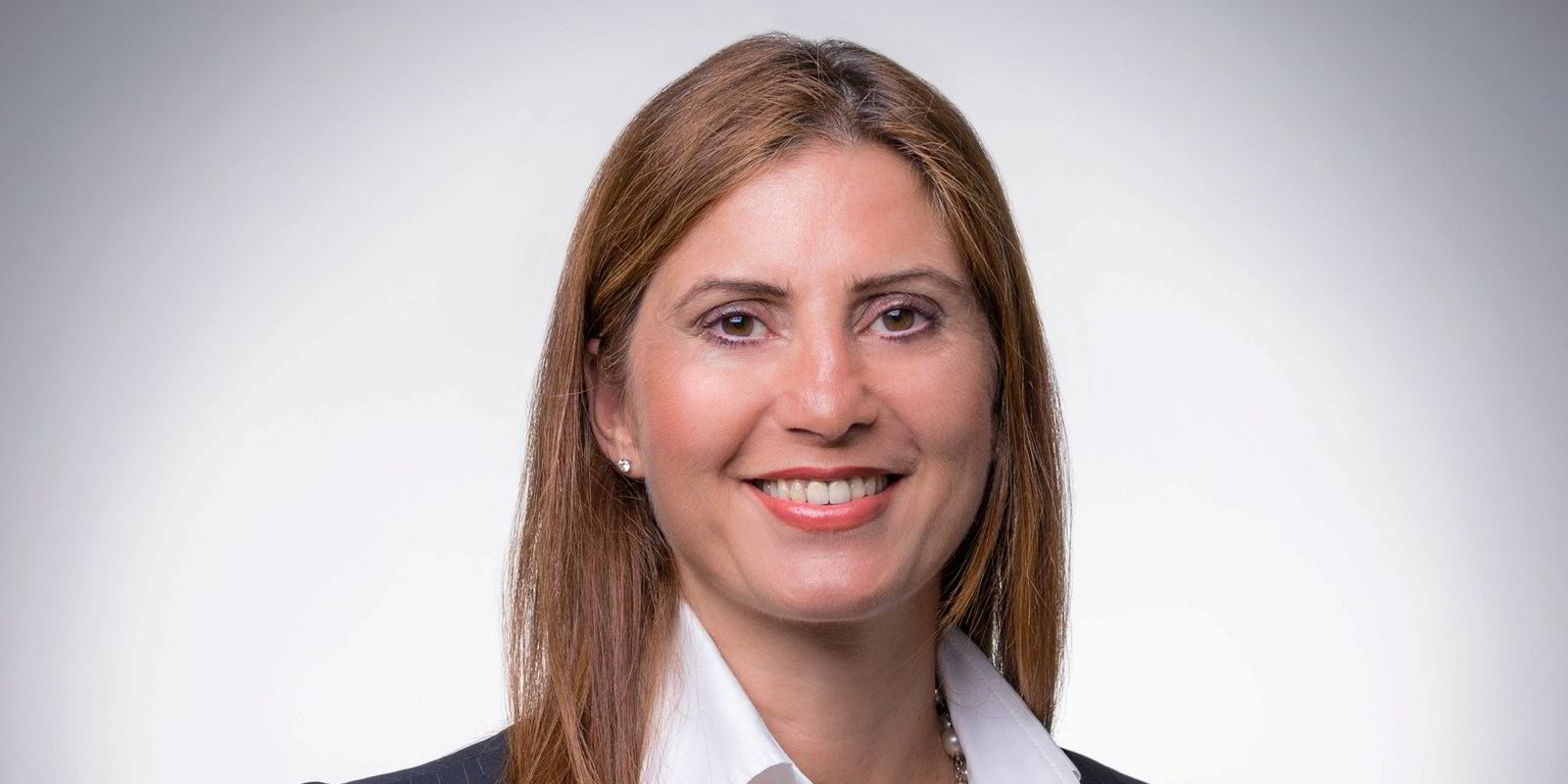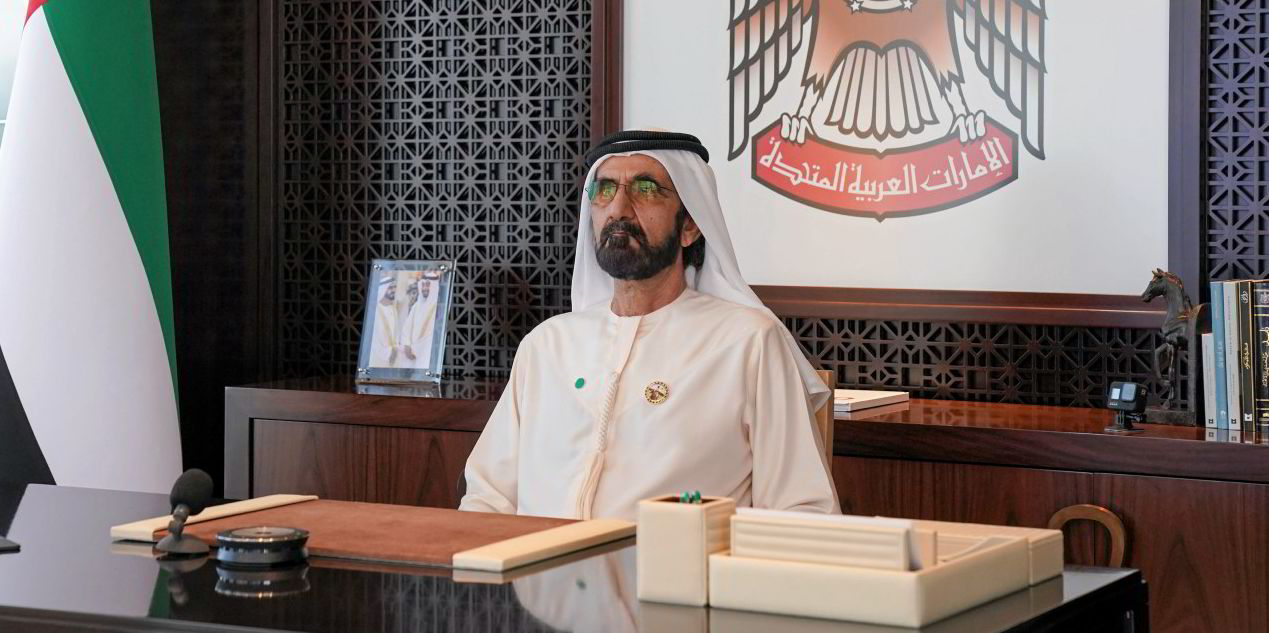With “green shipping” being the buzzwords and the United Arab Emirates set to host COP28 in late 2023, it is an interesting time to debate this question.
This article is part of a series written by people across shipping in response to this question about how to deploy a hypothetical TradeWinds Sustainable Shipping Fund:
How, where and why would you invest $1bn for the best return in sustainable shipping, as the industry grapples with the need to cut carbon emissions, improve efficiency and keep cargoes moving in a world facing multiple economic and political challenges? The investment will be made now and ideally held for the next seven years to the end of the decade. As an added bonus, give one policy or regulation you would like to implement from 1 January 2023 to benefit shipping?
However, there is more to be done in the field of alternative fuels — ammonia, methanol and biofuel. I firmly believe technology and innovation are essential to meet this new world’s energy needs competitively. Part of the fund would therefore be dedicated to fostering research, development and improvements in industrial production of new decarbonised sources of energy and practical ways to usher in low-consumption, high-efficiency solutions.
To make this truly sustainable — a living, breathing green ecosystem, as it were — I’d look at a holistic 360-degree model where we not only produce clean fuels but also have the infrastructure to store and ship them, managing both the upstream and downstream businesses. This would require substantial investment not only to overhaul present infrastructure to make it compatible, adaptable and safe, but also to give the necessary push via finance and policy mechanisms that will support the transition. This is not an overnight endeavour but will require a dedicated and concentrated push by all stakeholders and, at least, a seven-year investment model.
As I see it, given the UAE’s unique position at the crossroads of global shipping routes, this model could be leveraged to make bunkering hubs such as Fujairah the forerunners of sustainable shipping. Additionally, this allows an exploitation of an already available integrated value chain to trade, move and market these products globally for domestic, industrial and transport use.
The UAE has long been proactive when it comes to climate action. It was the first Gulf state to cement its commitment to decarbonisation with the strategic UAE Net Zero by 2050 initiative, which included a Hydrogen Leadership Roadmap to promote the country’s transition to cleaner energy.
The “green corridors” envisaged by the Clydebank Declaration are an extremely important step. However, I would like to see an eventual phasing out of the voluntary nature of the participation in green corridors, and a shift towards a more mandatory requirement for ports, operators and ships transiting these corridors to be zero-emission. It may not be practical to expect this to happen in the next few years but, at the very least, I would like to see a more global push towards carbon neutrality, maybe in a mandatory requirement to offset emissions.
Of course, in an ideal world, I would use the fund to become a market leader in biofuels and buy my own island!




